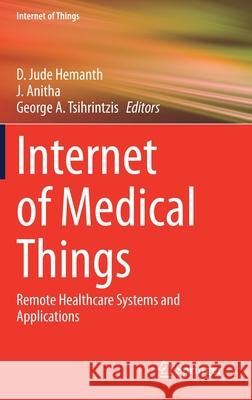Internet of Medical Things: Remote Healthcare Systems and Applications » książka
topmenu
Internet of Medical Things: Remote Healthcare Systems and Applications
ISBN-13: 9783030639365 / Angielski / Twarda / 2021 / 265 str.
Internet of Medical Things: Remote Healthcare Systems and Applications
ISBN-13: 9783030639365 / Angielski / Twarda / 2021 / 265 str.
cena 726,29
(netto: 691,70 VAT: 5%)
Najniższa cena z 30 dni: 693,97
(netto: 691,70 VAT: 5%)
Najniższa cena z 30 dni: 693,97
Termin realizacji zamówienia:
ok. 22 dni roboczych
Bez gwarancji dostawy przed świętami
ok. 22 dni roboczych
Bez gwarancji dostawy przed świętami
Darmowa dostawa!
Kategorie BISAC:
Wydawca:
Springer
Seria wydawnicza:
Język:
Angielski
ISBN-13:
9783030639365
Rok wydania:
2021
Wydanie:
2021
Numer serii:
000480884
Ilość stron:
265
Waga:
0.56 kg
Wymiary:
23.39 x 15.6 x 1.75
Oprawa:
Twarda
Wolumenów:
01
Dodatkowe informacje:
Wydanie ilustrowane











